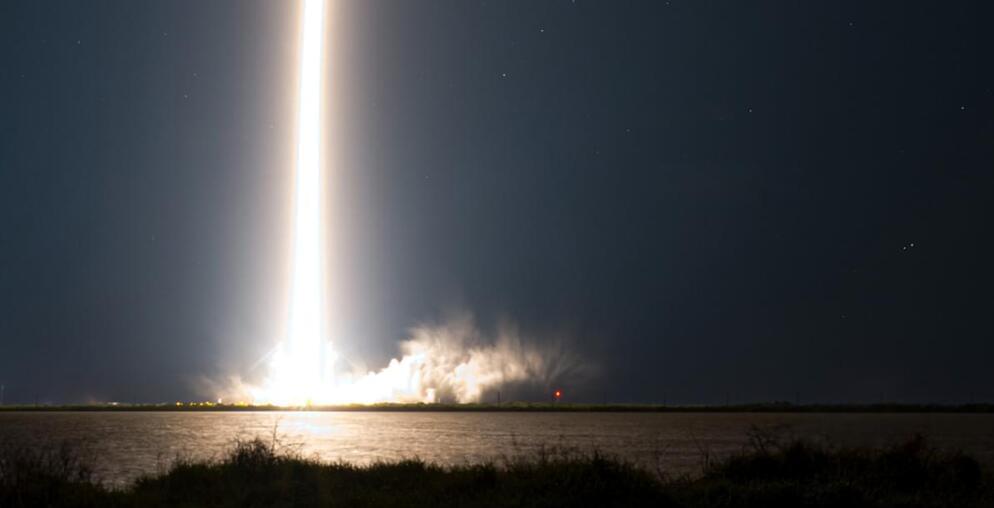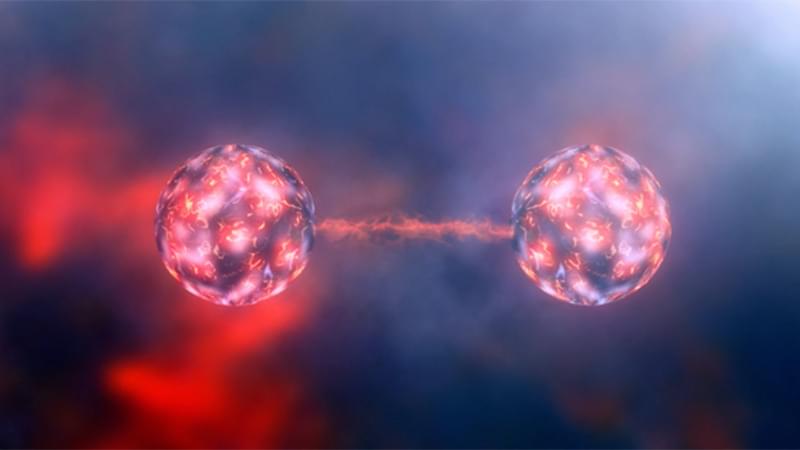Register for free and learn how to never be afraid of cancer again from health expert: Nathan Crane.



Are bright cities making it worse for birds during their migrations? Find out here!
A recent study published in Nature Communications examines how increased levels of artificial light, specifically in urban areas, has contributed to increased bird deaths during their annual migrations. This study comes as hundreds of birds were killed after colliding with a Chicago building, and despite a 2021 study recommending that reduced building lights would reduce bird collisions by 60 percent. This recent study holds the potential to help scientists and the public better understand how rapidly expanding urban areas are impacting bird migration and their safety.
For the study, the researchers used the Next Generation Radar (NEXRAD), which is jointly operated by the U.S. Air Force, Federal Aviation Administration, and the U.S. National Weather Service, to track bird migration stopover density during spring (March 15 to June 15) and fall (August 15 to November 15) seasons between 2016 and 2020. After analyzing more than 10 million radar observations, the researchers found that light pollution was the second-highest ranked reason for birds stopping for breaks out of 49 reasons measured for the study, with the top reason being elevation.
“Cities pose multiple risks to migrating birds,” said Dr. Geoff Henebry, who is a professor at the Center for Global Change and Earth Observations at Michigan State University and a co-author on the study. “They also offer resources for the tired birds to rest and refuel. Our study is notable in that it combines big data – and a lot of processing – from the weather surveillance radar network with big data from multiple spaceborne sensors to address key questions regarding the influence of urban areas on bird migration.”
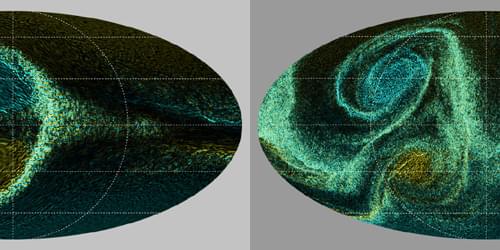
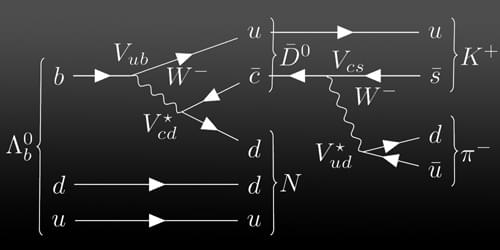
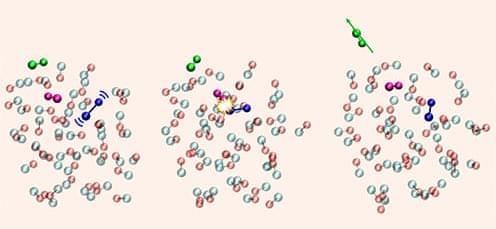

Researchers have developed an atom-diffraction imaging method with micrometer spatial resolution, which may allow new applications in material characterization.
Microscopy with atoms offers new possibilities in the study of surfaces and two-dimensional (2D) materials [1]. Atom beams satisfy the most important requirements for microscopic probing: they can achieve high contrast and surface-specificity while doing little damage to the sample. A subtype of atomic microscopy—atomic-diffraction imaging—obtains measurements in reciprocal, or momentum, space, which is ideal for studying the surfaces of large and uniform crystalline samples. However, scientists developing this technique face challenges in achieving micrometer-scale spatial resolutions that would allow the study of polycrystalline materials, nonuniform 2D materials, and other surfaces without long-range order.
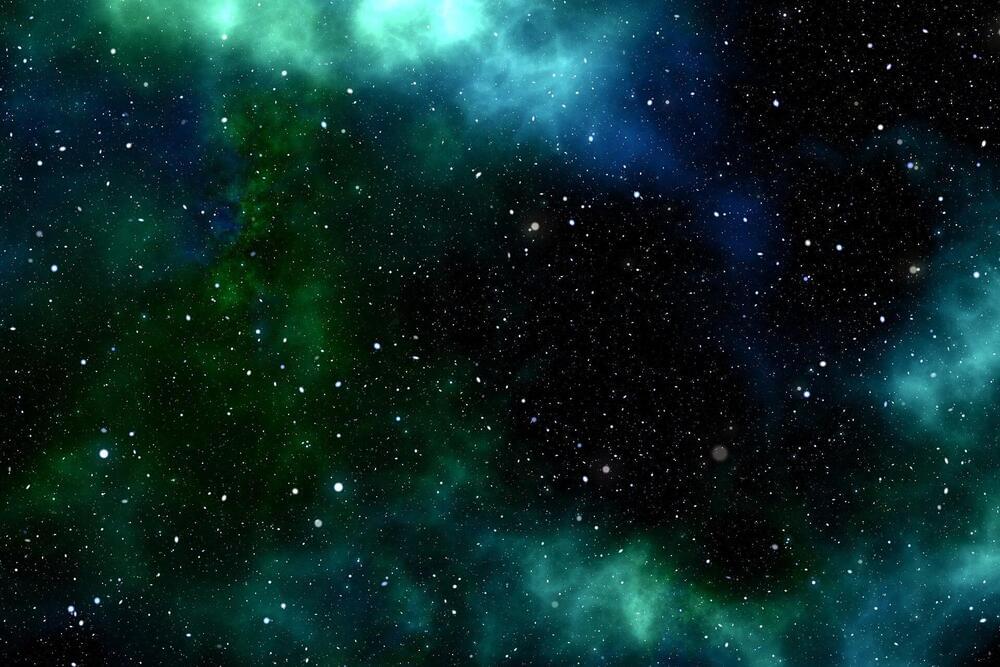
Thought to make up 85% of matter in the universe, dark matter is nonluminous and its nature is not well understood. While normal matter absorbs, reflects, and emits light, dark matter cannot be seen directly, making it harder to detect. A theory called “self-interacting dark matter,” or SIDM, proposes that dark matter particles self-interact through a dark force, strongly colliding with one another close to the center of a galaxy.
In work published in The Astrophysical Journal Letters, a research team led by Hai-Bo Yu, a professor of physics and astronomy at the University of California, Riverside, reports that SIDM simultaneously can explain two astrophysics puzzles in opposite extremes.
“The first is a high-density dark matter halo in a massive elliptical galaxy,” Yu said. “The halo was detected through observations of strong gravitational lensing, and its density is so high that it is extremely unlikely in the prevailing cold dark matter theory. The second is that dark matter halos of ultra-diffuse galaxies have extremely low densities and they are difficult to explain by the cold dark matter theory.”
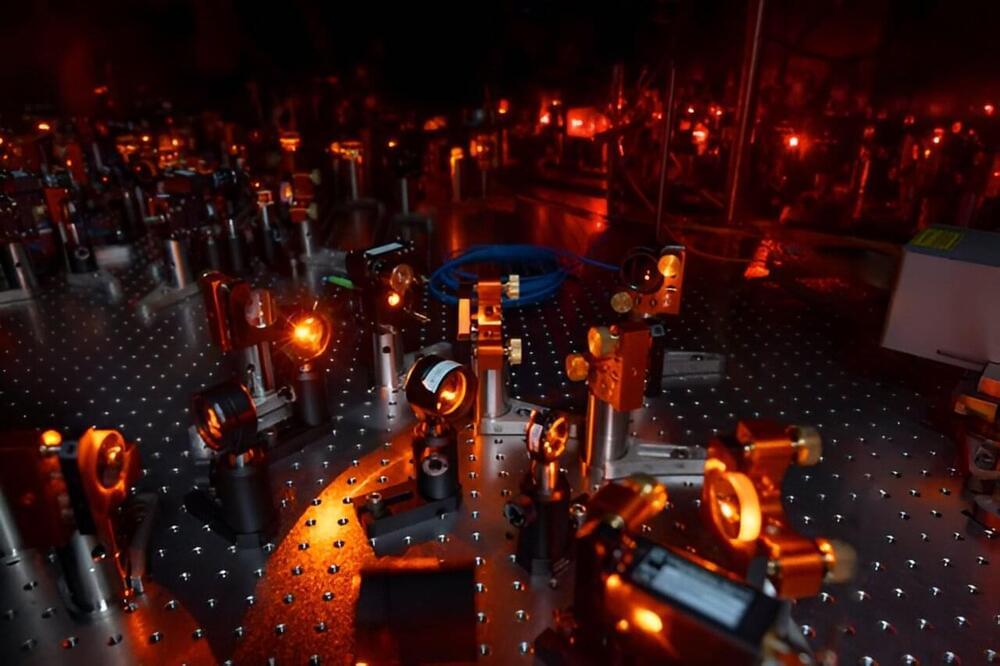
For the first time, a team of Princeton physicists have been able to link together individual molecules into special states that are quantum mechanically “entangled.” In these bizarre states, the molecules remain correlated with each other—and can interact simultaneously—even if they are miles apart, or indeed, even if they occupy opposite ends of the universe. This research was recently published in the journal Science.
“This is a breakthrough in the world of molecules because of the fundamental importance of quantum entanglement,” said Lawrence Cheuk, assistant professor of physics at Princeton University and the senior author of the paper. “But it is also a breakthrough for practical applications because entangled molecules can be the building blocks for many future applications.”
These include, for example, quantum computers that can solve certain problems much faster than conventional computers, quantum simulators that can model complex materials whose behaviors are difficult to model, and quantum sensors that can measure faster than their traditional counterparts.
